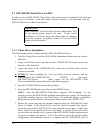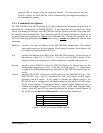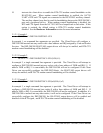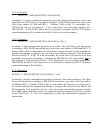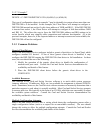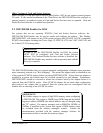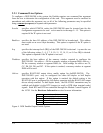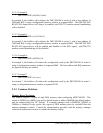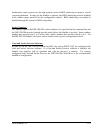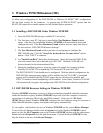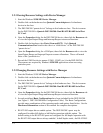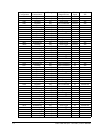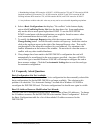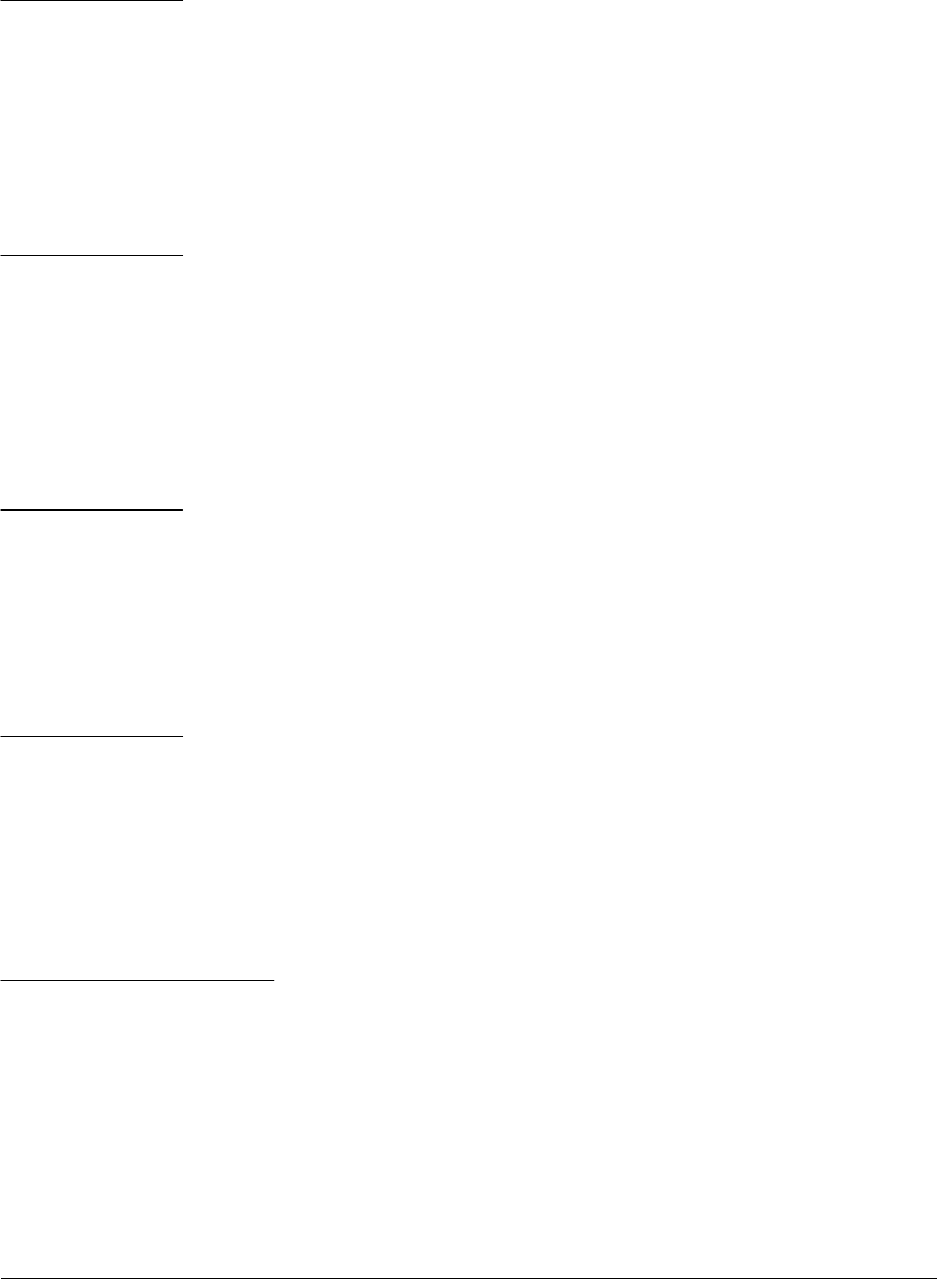
2.2.1.4 Example 4
DSP230EN.EXE (s0,b300,i3,wd8)
In example 4, the Enabler will configure the DSP-200/300 in socket 0 with a base address of
300H and IRQ 3 using a configuration memory window at segment D800. The DSP-200/300's
RS-422/485 output drivers will always be enabled, and RTS-CTS modem control handshaking
will be disabled
2.2.1.5 Example 5
DSP230EN.EXE (o1,i5,b340,s1)
In example 2, the Enabler will configure the DSP-200/300 in socket 1 with a base address of
340H and IRQ 5 using a configuration memory window at segment D000. The DSP-200/300's
RS-422/485 output drivers will be enabled and disabled via the DTR signal, and RTS-CTS
modem control handshaking will be disabled
2.2.1.6 Example 6
DSP230EN.EXE (s0,b300,i5,r)
In example 6, the Enabler will release the configuration used by the DSP-200/300 in socket 0
using a configuration memory window at segment D000. The base address and IRQ parameters
are ignored and may be omitted.
2.2.1.7 Example 7
DSP230EN.EXE (s1,r,wcc)
In example 7, the Enabler will release the configuration used by the DSP-200/300 in socket 1
using a configuration memory window at segment CC00.
2.2.2 Common Problems
Memory Range Exclusion:
The Enabler requires a region of high DOS memory when configuring aDSP-200/300. This
region is 1000H bytes (4KB) long and by default begins at address D0000H (the default address
may be changed using the "W" option). If a memory manager such as EMM386, QEMM, or
386Max is installed on the system, this region of DOS memory must be excluded from the
memory manager's control. Consult the documentation provided with the memory manager
software for instructions on how to exclude this memory region.
2-11 DSP-200/300
(Rev. I and later) User's Manual



